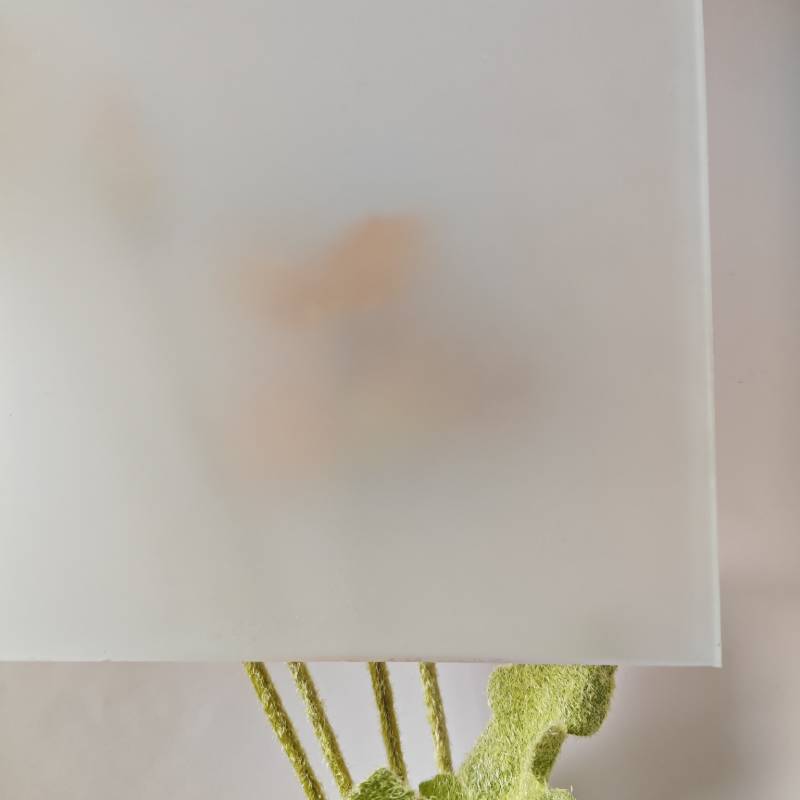

The Elegance and Utility of Clear Reflective Glass
Clear reflective glass is a remarkable architectural and design material that seamlessly combines aesthetics with functionality. This type of glass is characterized by its ability to reflect light while maintaining transparency, allowing for a unique interplay of visibility and reflection. As cities evolve and modern buildings embody contemporary design principles, clear reflective glass has emerged as a favored choice among architects and interior designers.
One of the most striking features of clear reflective glass is its capacity to enhance the beauty of a structure through its reflective properties. When sunlight strikes the surface, it creates a shimmering effect that can transform the ambiance of a building. This visual appeal is not merely superficial; it also plays a significant role in energy efficiency. By reflecting solar radiation, clear reflective glass reduces heat gain within buildings, leading to lower cooling costs and increased comfort for occupants. This energy-efficient characteristic is particularly valuable in urban environments, where energy consumption is under constant scrutiny.
The versatility of clear reflective glass extends beyond its use in building facades. It is frequently used in windows, skylights, and glass partitions, contributing to a sense of spaciousness and light. In interior design, clear reflective glass is increasingly popular in furniture and decorative elements, where it can create an illusion of more space and improve the overall aesthetic. For example, a small room can feel larger and more open when mirrored surfaces are incorporated, as they reflect light and provide depth.

Moreover, clear reflective glass offers practical benefits concerning privacy. While it allows ample natural light to filter through, its reflective nature means that visibility from the outside is reduced during the day. This feature is particularly advantageous in urban settings, where buildings are often closely situated, and the desire for privacy is paramount. Residents and office workers can enjoy their environments without the feeling of being constantly observed, creating more comfortable spaces for living and working.
However, the use of clear reflective glass is not without its challenges. One significant consideration is glare, particularly on bright sunny days. Glare can be a nuisance for both occupants inside the building and for pedestrians outside. To mitigate this effect, architects may strategically position reflective surfaces or incorporate shading devices that can help control the amount of light entering a space. Additionally, advancements in glass technology, such as the development of anti-glare coatings, can further enhance the comfort and usability of these materials.
Sustainability is another crucial aspect of modern architecture, and clear reflective glass can contribute to greener building practices. Its energy-efficient properties not only help reduce reliance on artificial lighting and air conditioning but can also be produced using sustainable methods. Many manufacturers now focus on creating eco-friendly glass that meets rigorous environmental standards. This trend aligns well with the growing demand for sustainable construction practices as society becomes more aware of the importance of environmental stewardship.
In conclusion, clear reflective glass is more than just a building material; it is a sophisticated element of modern design that reflects current trends in architecture, sustainability, and urban living. Its ability to merge beauty with function makes it an ideal choice for both residential and commercial spaces. As the demand for innovative and energy-efficient materials continues to rise, clear reflective glass will undoubtedly play a pivotal role in shaping the skyline of the future. With each new structure that incorporates this versatile material, our built environment becomes more vibrant, dynamic, and harmonious with the natural world.